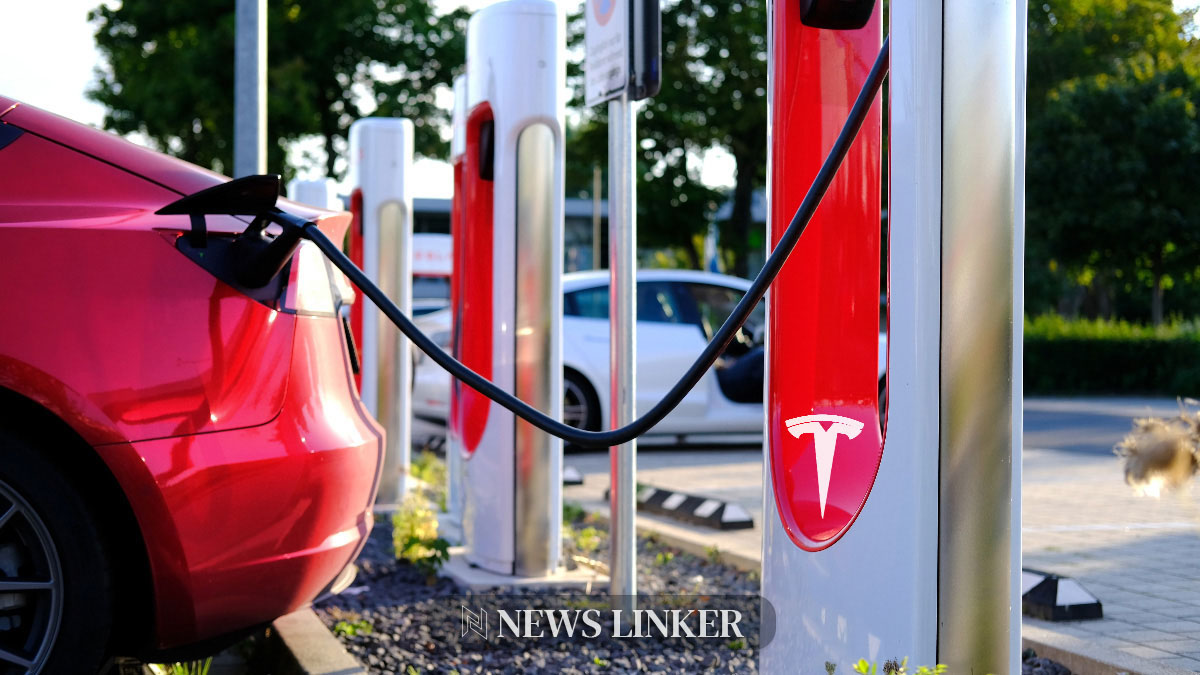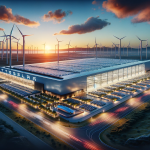In a recent strategic update, Tesla announced an acceleration in the launch of its new vehicle models, previously scheduled for the second half of 2025. This move appears to be a proactive response to several challenges, including economic pressures, sluggish market demand, and an unexpected increase in inventory levels that led to a significant cash flow downturn. By advancing the timeline for its next-generation vehicles, Tesla aims to maintain its competitive edge and satisfy investor expectations despite the recent financial hiccup and workforce reductions.
Context of Tesla’s Strategy Shift
Tesla’s adjustment to its vehicle launch schedule is not an isolated event but reflects an ongoing trend in the automotive industry where companies must adapt quickly to changing market dynamics and technological advancements. Previously, transitions in Tesla’s production plans often signaled shifts in its business or manufacturing strategy, typically aimed at optimizing production capacity and reducing costs. This recent change, however, also seems geared towards capitalizing on existing production capabilities and mitigating the impact of current economic conditions.
Industry Trends and Market Response
The automotive industry has seen similar strategic shifts from other major players, who often recalibrate their plans in response to market pressures. For instance, articles from CNBC and Reuters discuss the industry’s broad movement towards electric vehicles (EVs) and how companies like GM and Ford are adjusting their timelines and production strategies in response to consumer demand and regulatory changes. These articles underline the industry’s rapid adaptation to new technologies and market demands, which Tesla’s recent decision aligns with.
Scientific Insights on Automotive Innovations
Related scientific studies, such as those published in the Journal of Automotive Technology, offer insight into the technological advancements underpinning these industry shifts. A particular paper discusses the integration of next-generation automotive platforms with current production processes, highlighting the potential for significant cost savings and efficiency improvements. The study underscores the importance of strategic planning and innovation in maintaining industry leadership and competitiveness, principles that Tesla seems to be following with its recent announcement.
Key Inferences from Tesla’s Update
- Accelerating vehicle production can help Tesla utilize existing capacities efficiently.
- Despite economic downturns, strategic advancements are essential for maintaining market leadership.
- Investor confidence might stabilize due to clearer, more proactive company strategies.
Tesla’s decision to expedite the introduction of its new vehicle lineup is a calculated move to reclaim momentum and reassure stakeholders amidst financial and operational challenges. By leveraging existing production capabilities and aligning with industry trends towards faster and more flexible manufacturing processes, Tesla aims not only to enhance its product offerings but also to reinforce its position as an industry leader in innovation and efficiency. The implications of this decision will likely resonate beyond the immediate financial metrics, as they reflect a broader strategic orientation towards sustained growth and market adaptation.










